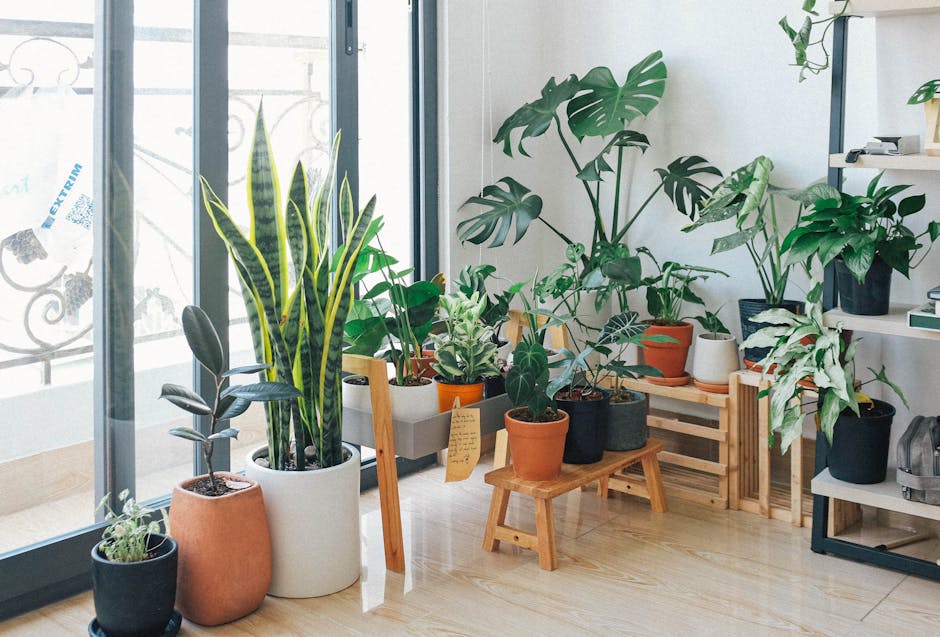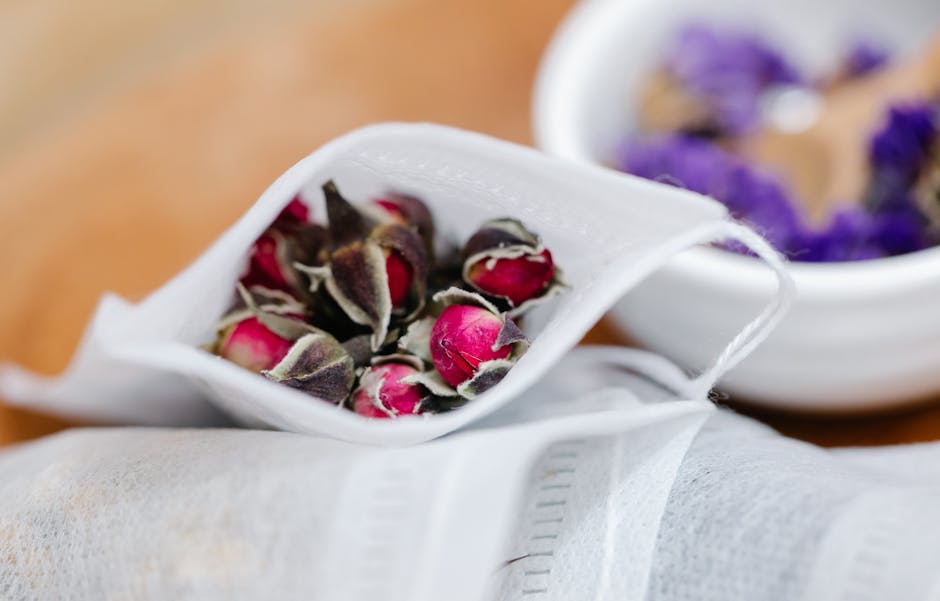Reviving Ancient Crafts: Embracing Sustainable Living Today
In an age of fast fashion and disposable culture, there’s a powerful movement stirring that looks back to the past for solutions to our modern environmental crises. "Reviving the Art of Traditional Crafts: How Ancient Techniques Promote Modern Eco-Friendly Living" explores the compelling intersection of ancient craft techniques and sustainable living practices. By integrating time-tested methods such as natural dyeing, weaving with locally sourced materials, and traditional food preservation, we can cultivate a lifestyle that not only honors our ancestors but also enhances our present.
The Wisdom of Tradition in Modernity

The world is experiencing a renewed appreciation of traditional crafts as more individuals seek eco-friendly alternatives to mass-produced goods. These ancient crafts hold centuries of wisdom, offering insights into how to live harmoniously with our environment. With fast-paced technological advancements often overshadowing these techniques, it’s essential to recover and celebrate these age-old practices. In embracing these crafts, we lessen our carbon footprint and cultivate a deeper connection to our surroundings and community.
Natural Dyeing: Color from the Earth

Natural dyeing is one of the most sustainable crafting methods we can practice today. Historically, communities have utilized plants, roots, and even insects to create vibrant colors for textiles. By using natural materials, we avoid harmful chemicals and synthetic dyes that pollute waterways and contribute to environmental damage.
Elderberries create rich purples, turmeric yields bright yellows, and onion skins offer warm oranges. Each dyeing process not only provides a lesson in chemistry but also reconnects us to nature’s palette. It prompts conversations about the significance of local flora and encourages us to explore our environments.
As you embark on your natural dyeing journey, consider using your own garden or local foraging as a source of materials. This not only makes the process sustainable but also invites a sense of community gardening, connecting you with others who share similar eco-friendly values. For tips on cultivating sustainable culinary practices within your kitchen, explore this resource.
Weaving: The Tapestry of Community

Weaving, particularly with local materials, is another traditional craft that enhances eco-friendly living. In many cultures, weaving is not just a means of creating textiles; it’s a way of storytelling, history, and community bonding. By crafting with local fibers—such as cotton, wool, or hemp—we support local economies and reduce our reliance on globally sourced materials.
The art of weaving encourages creativity and individuality. It can be a therapeutic practice, weaving thoughts, memories, and emotions into the very fabric of life. As you experiment with weaving techniques, consider joining a local workshop or community group. Not only will this expand your skill set, but it’ll also foster connections with individuals who share your passion for sustainable living.
To explore more about how weaving can improve mental well-being, check out this article on sustainable design.
Preserving Our Food Heritage

Food preservation methods, such as fermentation, pickling, and drying, are essential sustainable practices originating from ancient cultures. These techniques allow us to extend the life of seasonal produce, minimizing food waste and maximizing flavor. Fermentation, for example, not only preserves food but also enhances its nutritional value and probiotic content.
Every culture has its version of food preservation. While pickling cucumbers is commonplace, you might delve into the joys of fermenting kimchi or drying fruits to make sun-dried snacks. These practices also remind us of the importance of local agriculture and honoring what’s in season.
With a focus on circular living, embracing food preservation connects us with the land and the seasons. For further tips on creating a sustainable kitchen, explore our guide on transforming culinary spaces for sustainability here.
The Significance of Community-Supported Crafting

In today’s digital age, it’s easy to overlook the importance of community in crafting. Traditional crafts are inherently social, requiring collaboration, sharing of knowledge, and collective effort. By engaging with others interested in sustainable crafting, we can create a supportive network that values slow living, environmental stewardship, and craftsmanship.
Local craft fairs, workshops, and pop-up events can inspire your journey toward eco-friendly living. With every piece created or product shared, we contribute to a growing movement that values our earth. Utilize social media platforms to connect with groups focused on traditional crafts, exchange ideas, and share your creations.
To dive deeper into the connections between travel and sustainability, check out this insightful article that focuses on eco-friendly travel practices.
Reimagining Waste: Upcycling as Art

Humans produce a staggering amount of waste, yet traditional artisans were masters of repurposing and reimagining materials. Upcycling, a concept rooted in traditional practices, allows us to turn undesirable materials into something beautiful and functional. This movement emphasizes creativity, ingenuity, and environmental responsibility.
From transforming glass bottles into decorative vases to creating stylish bags from leftover fabric, the possibilities for upcycling are endless. Not only does upcycling reduce waste, but it also inspires us to think differently about the items we discard. The more we become adept at seeing potential in what we consider waste, the closer we align with sustainable living principles.
Embrace upcycling as your artistic outlet, and join the movement toward a less wasteful world. For additional environmental tips, explore how to transform waste into wonder in your crafting journey here.
The Psychological Benefits of Engaging with Traditional Crafts

Engaging with traditional crafts offers benefits beyond physical sustainability. The process of creating—whether weaving, dyeing, or preserving—provides mental wellness advantages, promoting mindfulness and reducing stress. The rhythmic motions involved in crafting connect us with our bodies, slow down our minds, and invite us to savor the moment.
Incorporating traditional craft practices into our daily routines enhances our mental well-being. Making something with our hands fosters a sense of accomplishment and connection to our ancestry. It reminds us that we are part of a lineage of creators who valued skill, resourcefulness, and the earth itself.
Discover how adding biophilic design—integrating nature into design—can elevate your crafting space and mental well-being further in this article on biophilic home design.
Crafting for Future Generations

By ensuring that we embrace these age-old skills, we pass down invaluable knowledge to future generations. Craft traditions are not just about functionality; they are about sharing stories, preserving culture, and sustaining our environment.
Teaching children or peers these practices not only enriches their lives but also fosters a strong sense of community and environmental awareness. As we harvest stories, techniques, and experiences from our ancestors, we empower ourselves and others to continue this legacy.
Incorporating traditional crafts into everyday life allows us to reflect on our consumption patterns. It encourages dialogue about sustainability within our communities, ultimately paving the way for a more informed and eco-conscious society.
Final Thoughts: Embracing the Past for a Sustainable Future

Reviving traditional crafts is more than a trend; it’s a revolution rooted in our yearning for authentic, sustainable living. By embracing ancient techniques—from natural dyeing and weaving to food preservation—we draw upon vast reservoirs of communal knowledge to navigate contemporary challenges. These crafts encourage us to reflect on our connection with nature, nurture creativity, and embrace community, ultimately allowing us to lead a more sustainable lifestyle.
As we integrate these practices into our everyday lives, we must remember that sustainability is a journey, not a destination. Each small act, from dyeing with plants to weaving with our hands, builds momentum toward a greener future. Explore these ancient arts, and revitalize your perspective on living sustainably while appreciating the treasures of the past.
For further explorations on sustainable living practices, don’t miss out on our comprehensive guide here, which shares practical tips for creating a zero-waste kitchen.



